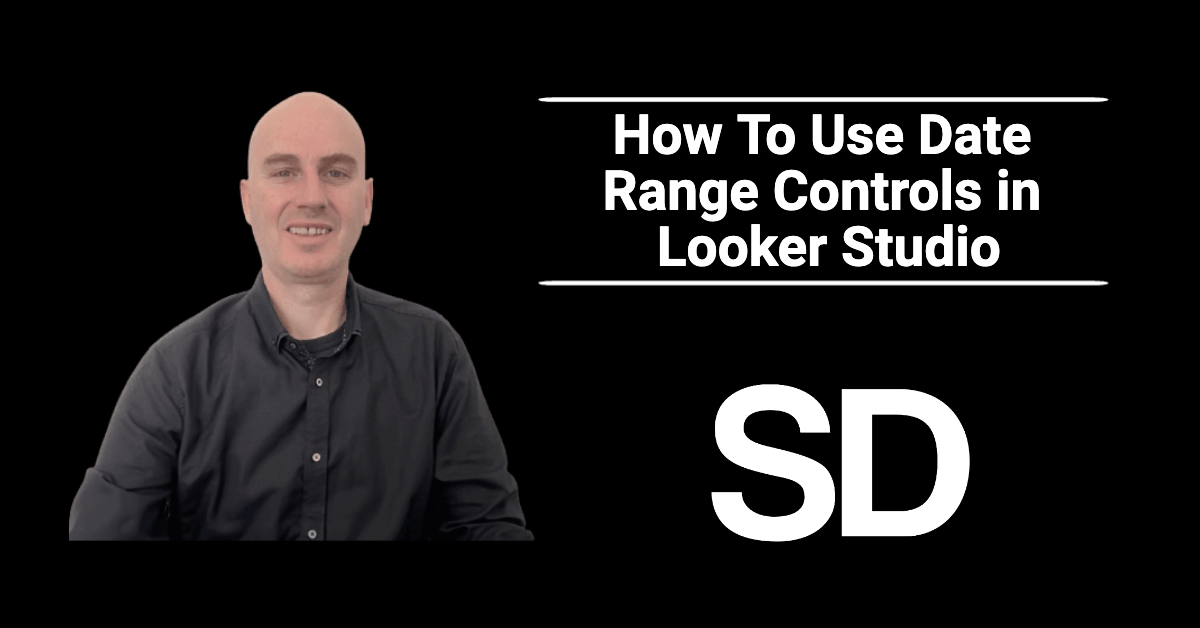Are you struggling to use date controls in Looker Studio? Look no further! In this tutorial, I’ll show you everything you need to know about using date controls in Looker Studio, from setting up your date ranges to filtering your data by specific dates.
Header Outline:
I. Introduction
II. Understanding Looker Studio Date Controls
III. How to Use Looker Studio Date Controls
A. Setting up Date Filters
B. Customising Date Filters
C. Using Relative Dates
IV. Tips for Using Looker Studio Date Controls
V. Conclusion
I. Introduction
Looker Studio is a powerful data analytics platform that can help you gain insights into your business and make data-driven decisions. One of the key features of Looker Studio is its date controls, which allow you to filter data based on specific time periods and analyse trends over time. In this post, we will discuss how to use Looker Studio’s date controls to effectively filter data and gain insights into your business.
II. Understanding Looker Studio Date Controls
Looker Studio’s date controls allow you to filter data based on a specific time period, such as a day, week, month, or year. You can also use relative dates to filter data based on time periods relative to the current date, such as the last 7 days or the previous month.
III. How to Use Looker Studio Date Controls
To use Looker Studio’s date controls, follow these steps:
A. Setting up Date Filters
- Open the Explore you want to filter.
- In the Filters section, click on the “Add” button.
- Select the field you want to filter by date.
- Under the “Type” drop-down menu, select “Date”.
- Choose the date range you want to filter by using the “From” and “To” fields.
- Click “Apply” to see the filtered results.
B. Customising Date Filters
- After setting up the date filter, you can customise it by clicking on the filter in the Filters section.
- You can change the date range, add additional date fields, or add custom expressions.
- Click “Apply” to see the updated filtered results.
C. Using Relative Dates
- To use relative dates, click on the date filter in the Filters section.
- Select the “Relative” tab.
- Choose the time period you want to filter by, such as “Last 7 days” or “Previous month”.
- Click “Apply” to see the filtered results.
IV. Tips for Using Looker Studio Date Controls
Here are some tips to help you get the most out of Looker Studio’s date controls:
- Use the “Compare” feature to compare data from different time periods.
- Save frequently used filters to your Favourites for easy access.
- Use the “Drill Down” feature to explore data in more detail.
- Combine date filters with other filters to create more complex filters.
V. Conclusion
Looker Studio’s date controls allow you to filter data based on specific time periods and gain insights into your business.
By setting up date filters, customising them, and using relative dates, you can effectively analyse trends over time and make data-driven decisions.
Use these tips to get the most out of Looker Studio’s date controls and take your data analysis to the next level.
